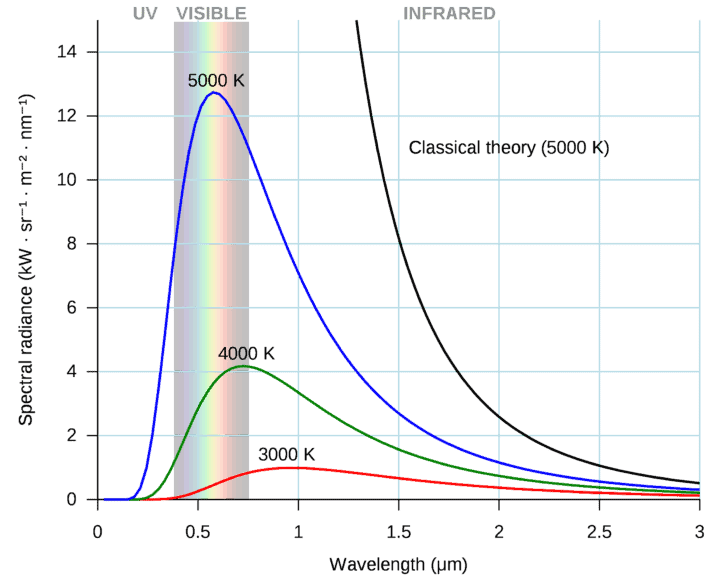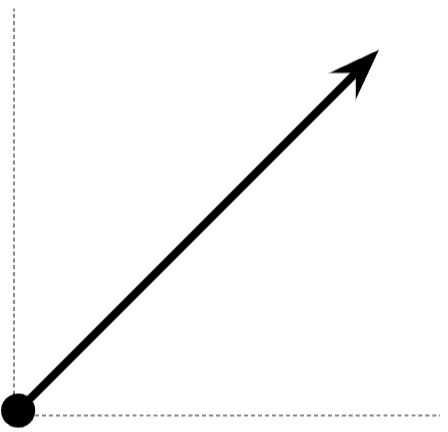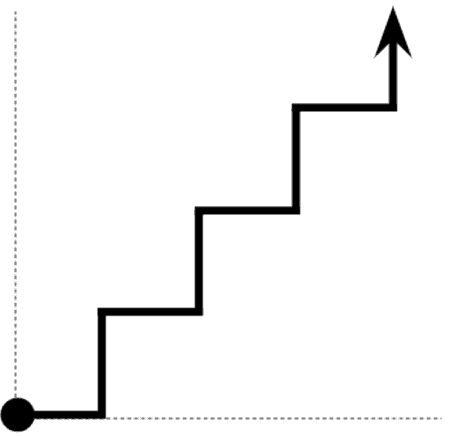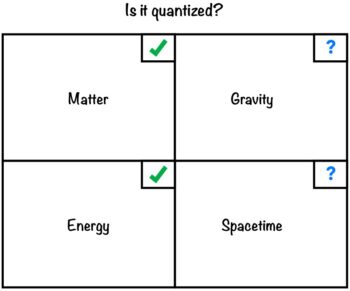Quantum theories are a triumph of statistical mechanics – the idea that everything we observe is actually the culmination of many little things oscillating around a central average. You’ll want to understand some history behind modern physics to grasp just how amazing this idea was at the turn of the 20th century; a time when classical physics still reigned supreme and no one had any reason to believe statistical mechanics was a valid way to describe nature.
Enter Max Planck, arguably the father of quantum physics and one of the most influential people to ever live. I admire Max not only because of what he discovered, but how he did so…
The Ultraviolet Catastrophe
Max was working to resolve something known as the “ultraviolet catastrophe,” which was a problem of theoretical predictions diverging from observations (meaning something was wrong with the theory). But the theories in question were pretty much mainstream physics at the time, causing a lot of folks to scratch their heads in concern.
The ultraviolet catastrophe is all about “black bodies” and electromagnetic radiation. A black body is a hypothetical physical object that can perfectly absorb all incoming electromagnetic radiation, regardless of angle or frequency. The absorbed radiation is homogenized within the black body and emitted as “black-body radiation,” which can be plotted and measured as illustrated in the graphic below.
Black Body

Black Body Radiation Curves

The “catastrophe” occurred when classical equations were used to predict black body radiation curves. As you can see from the black line on the chart above, classical physics (the Rayleigh–Jeans Law) was predicting absurd results such as energy intensity increasing exponentially for shorter wavelengths. In practical terms, this would imply an object should instantly emit all of it’s energy until it reaches an absolute zero temperature, which of course is not what we observe in nature. Something was very wrong.
The principle of Occam’s razor tells us the simplest idea is more likely the correct one. Most contemporary physicists, including Max Planck himself, agreed with this premise and thus focused on trying to retune the classical theory. But no matter how many different ways they tried to alter the math, it just wasn’t giving the right results.
In a famous act of “despair,” Planck reluctantly decided he had to sacrifice his lifelong convictions about physics and radically change the playing field. To accomplish this, he resorted to the use of statistical mechanics and changing the conditions of his formulas to reflect energy as “discrete” (quantized) rather than continuous, meaning energy itself was not infinitely divisible.


This is why I admire Max Planck so much – he was willing to overcome his ingrained bias and take a leap in the opposite direction. The result was the jackpot of modern physics we enjoy today, which has provided incalculable levels of prosperity for everyone – lasers, microchips, optics, superconductors, MRI machines, and many more technologies are a direct result of Planck’s discipline over his own cognitive biases. Bravo!
There are also profound philosophical implications of quantization…
If one is attempting to reverse engineer the Universe, then infinitely divisible scales are a serious problem: Length can always be further divided, temperature can always be increased, time can always be divided, etc. Philosophy, like science, is about reductionism – breaking down complexity into it’s constituent parts to better understand the whole. Quantization provided discrete boundary conditions to what is physically possible in our Universe, removing the inherent uncertainty in dealing with the infinite. Today, we know these boundary conditions as the “Planck Scale” to honor the guy who made it all possible.
The Planck scale includes temperature, length, mass, time, and charge. With the exception of mass, each is defined as the minimal or maximal quanta possible in the Universe and derived from the baseline “Planck’s Constant,” which proportionally relates energy to frequency in an electromagnetic wave (e.g. a photon!).
Planck Units
| Temperature | 1 \ T_\text{P} \approx 1.416\;784 (16) \times 10^{32}\ \mathrm{K} | kelvin |
| Length | 1 \ \ell_\mathrm{P} \approx 1.616\;255 (18) \times 10^{-35}\ \mathrm{m} | meters |
| Mass | 1 \ m_\text{P} \approx 2.176\;434 (24) \times 10^{-8}\ \mathrm{kg} | kilograms |
| Time | 1 \ t_\text{P} \approx 5.391\;247 (60) \times 10^{-44}\ \mathrm{s} | seconds |
| Charge | 1 \ q_\text{P} \approx 1.875\;545\;956 (41) \times 10^{-18}\ \mathrm{C} | coulombs |
Being Universal boundaries that are many orders of magnitude outside of human experience, it can be difficult to get any kind of intuitive sense for Planck units. To add even more challenge, the above notations are only approximations – the parenthesis listed within the notations are standards of error. This is unavoidable until we get a more refined theory of quantum gravity, as the gravitational force is far too weak to get the precision we’d like to see.
To give you a better sense for these values, below are more intuitive approximations for each of the Planck units:
| Planck Temperature | Also known as “absolute hot,” this is the temperature of the Universe one unit of Planck time after the Big Bang. This temperature is so high that the gravitational force becomes as strong as all the other forces due to extreme pressures forcing particles apart. There is no known mechanism, even in theory, of how this temperature could be exceeded. |
| Planck Length | Also known as “the quantum of length,” this is the distance light c travels in a perfect vacuum in one Planck unit of time. It’s about 10^{-20} times smaller than a proton. This length is so small that physics doesn’t work at scales any smaller due to the Planck length being smaller than the quantum wavelength of the entire visible Universe (quantum wavelengths decrease as matter is added to the system). |
| Planck Mass | Unlike the other Planck units, Planck mass is not an upper or lower boundary of it’s respective metric, it’s simply the smallest amount of mass required to form a black hole (in this context called a “Planck Particle”). The Planck mass is about the mass of a flea egg. |
| Planck Time | Also known as the “quantum of time,” this is the time it takes for light c to traverse one Planck unit of length in a perfect vacuum. It’s less important today than it was at the instant of the Big Bang – at that point it represented the symmetric boundary of our predictive models, known as the “Planck Epoch:” Modern physical models can reverse engineer the state of the Universe with reasonable accuracy at any point after the Planck epoch. Prior to that point however, physical models fail and we lose all predictive ability. |
| Planck Charge | The Planck charge is simply the maximum charge of a Planck Particle. |
Despite huge margins for error in quantum environments, Planck units and quantization in general have provided models that scale incredibly precisely in our macroscopic world. We still don’t have all the answers, but Planck and Einstein both sparked light years of advancement in the field of physics and understanding the Universe.
The big remaining questions pertain to gravity, spacetime, and whether the two are quantized.

If they are, then that means we live in a digital Universe. If they aren’t, then we live in a hybrid Universe where the geometry of spacetime and gravity are analog (continuous) while matter and energy operate digitally in discrete quanta.
Personally, I’m most interested in the fact that matter and energy are quantized. This means consciousness is quantized, which is great news for folks like me who want to help create one! If the brain is composed of matter and energy, then it’s digital, which means we can reproduce it virtually.
Premise Seven: Consciousness is quantum, and therefore finitely divisible, and therefore replicable.
Sources: